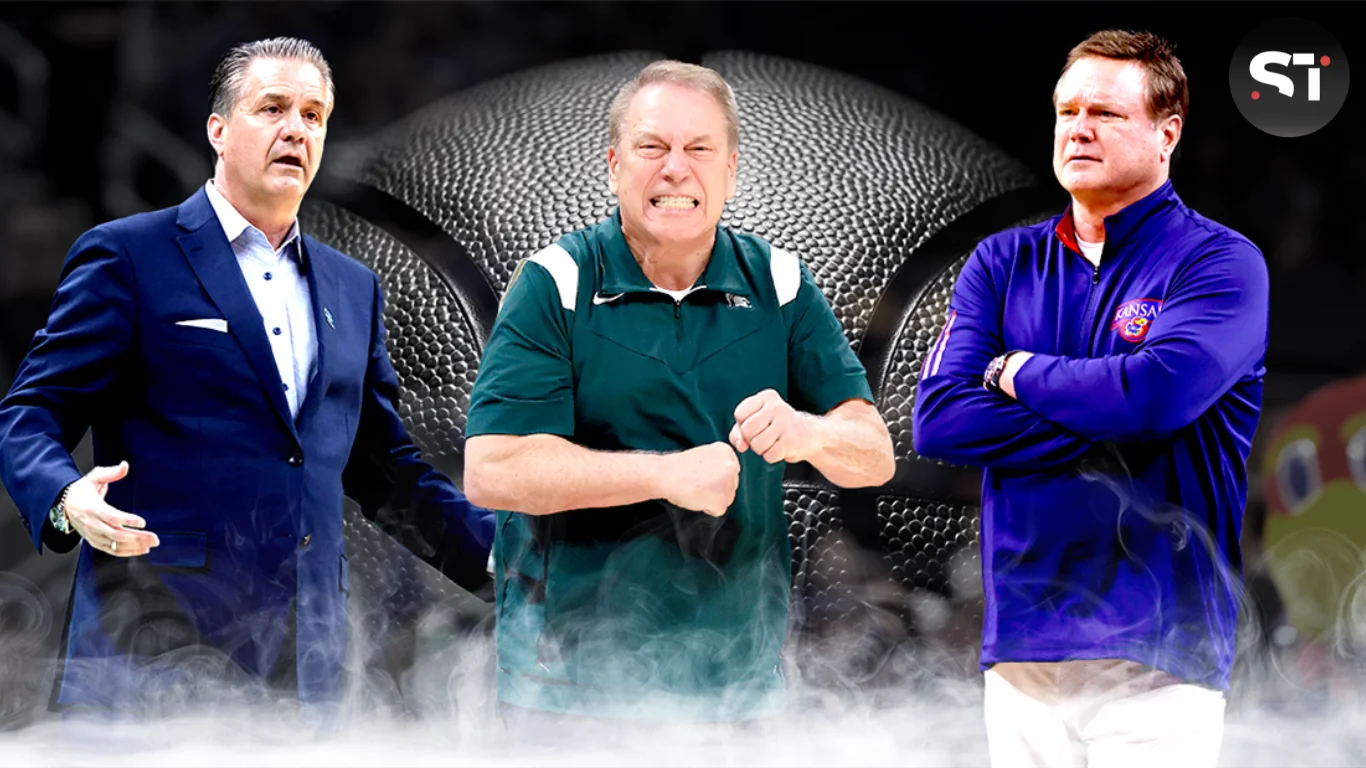The College Athletes Pay Debate has been stirring passionate arguments for years. As college sports generate billions of dollars in revenue, the question of whether college athletes should be compensated has become more pressing.
While some argue that athletes deserve a share of the profits, others worry about the implications for amateurism and the educational mission of colleges.
This article delves into the pros and cons of paying college athletes, exploring the potential benefits and drawbacks in detail.
College Athletes Pay Debate
Imagine dedicating countless hours to intense training, representing your college in high-stakes competitions, and helping generate substantial revenue, yet receiving no financial compensation.
This is the reality for many college athletes, who balance rigorous academic schedules with demanding sports commitments. The College Athletes Pay Debate centers on whether these student-athletes should be paid for their contributions.
On one hand, proponents argue for fair compensation and recognition of their efforts. On the other, opponents fear that paying athletes could undermine the core values of collegiate sports. Let’s explore the pros and cons of this complex issue.
Pros of Paying College Athletes

Fair Compensation for Effort and Risk
To begin with, college athletes invest a tremendous amount of time and effort into their sports. They train year-round, often risking injuries that could impact their future careers.
For example, a promising football player might suffer a career-ending injury while playing for their college team, losing not only their athletic career but also any potential professional earnings.
In this light, paying college athletes appears to be a matter of fairness. They should receive compensation commensurate with the risks they undertake and the significant time they dedicate to their sport.
Addressing Financial Hardships
Moreover, many college athletes come from economically disadvantaged backgrounds. Scholarships often cover tuition, but they do not necessarily address other costs of living, such as food, housing, and transportation.
A stipend could help alleviate these financial burdens, allowing athletes to focus more on their studies and sports rather than worrying about how to make ends meet.
Thus, paying college athletes could ensure they have a more balanced and less stressful college experience.
Generating Revenue and Branding
Interestingly, college sports generate significant revenue and enhance the institution’s brand. Football and basketball programs, in particular, attract major media contracts, sponsorships, and merchandise sales.
The athletes are the central figures in this revenue generation. Without their performances, these financial streams would not exist. Paying athletes a share of the revenue acknowledges their pivotal role in the college’s financial success.
For instance, star players often become household names, drawing fans and boosting ticket sales, which directly benefits the college’s bottom line.
Cons of Paying College Athletes

Undermining Amateurism
One of the primary arguments against paying college athletes is that it could undermine the principle of amateurism that is central to college sports. The NCAA, which governs college athletics, emphasizes that athletes are students first and athletes second.
Introducing salaries could blur this line, making college sports more akin to professional leagues. This shift could detract from the educational mission of colleges and place undue pressure on athletes to prioritize sports over academics.
Creating Inequities
Another significant concern is the potential for creating inequities among athletes and sports programs. If colleges start paying athletes, how should they determine the payment structure?
Would all athletes receive the same amount, or would payments be based on the revenue generated by their specific sport? Such disparities could lead to tensions among athletes and between different sports programs.
For example, a high-revenue basketball player might earn significantly more than a less-publicized swimmer, potentially leading to resentment and division within the athletic department.
Financial Strain on Colleges
Furthermore, not all colleges have the financial resources to pay their athletes. While large universities with successful sports programs might manage, smaller schools could struggle.
This financial strain could lead to cuts in other areas, such as academic programs or non-revenue sports, adversely affecting the broader student body.
The increased cost of paying athletes could also result in higher tuition fees, which would burden all students, not just those involved in athletics.
The Middle Ground: Name, Image, and Likeness (NIL) Rights
In the midst of the College Athletes Pay Debate, a compromise has emerged: allowing athletes to profit from their name, image, and likeness (NIL).

This approach permits athletes to earn money through endorsements, social media, and other personal branding opportunities without being directly paid by their college.
The NIL rights give athletes a way to capitalize on their marketability while maintaining the amateur status of college sports. This solution addresses some of the financial concerns without overhauling the entire collegiate sports system.
Suggested Read: Greatest Coaches in NCAA Basketball History and Their Legacies
Final Thoughts!
The College Athletes Pay Debate highlights the complex issues of fairness, economics, and tradition. Paying athletes could compensate them fairly, alleviate financial hardships, and recognize their revenue-generating role.
However, it risks undermining amateurism, creating inequities, and straining college finances. NIL rights offer a promising middle ground, allowing athletes to earn money while maintaining college sports’ educational focus. As this debate evolves, balancing the interests of student-athletes, colleges, and education is essential.
In the end, the question remains: how can we best support college athletes while maintaining the integrity of collegiate sports? The answer may lie in finding innovative solutions that recognize the unique contributions of these athletes while upholding the values that make college sports a cherished tradition.








[…] Suggested Read: Paying College Athletes: Pros and Cons […]